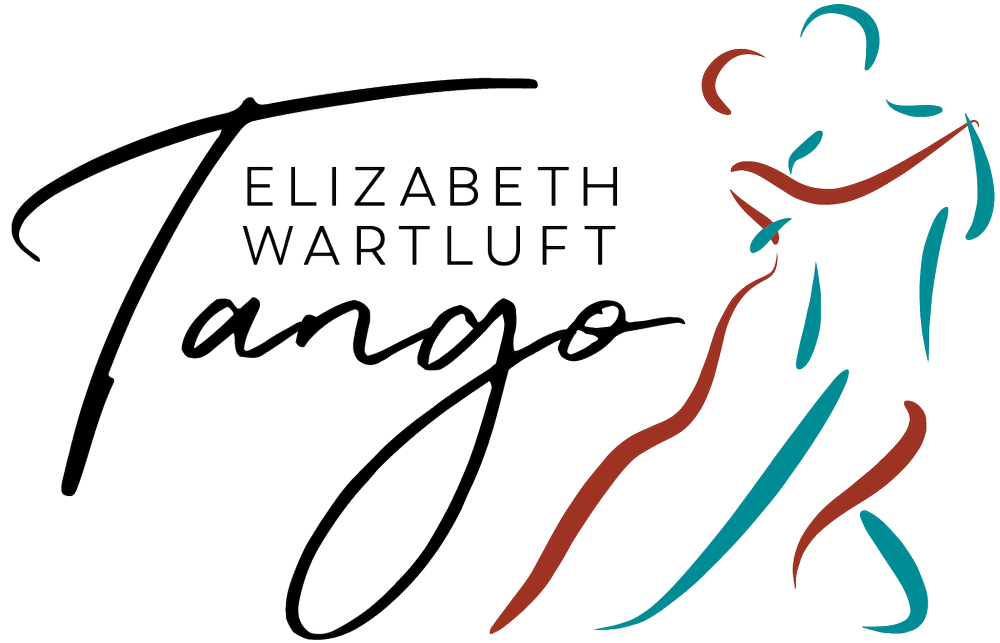Why do tango dancers spend so much time working on their walk? After all, everyone made it into that first dance lesson without thinking hard about how to enter the room. Don’t we already know how to walk?
We try to be super precise in our walking technique in tango because we change direction all the time, and need to be even more on balance to do that in a couple. If someone backs up, or swings into our space, if the music is fast, or if the space is tight, we have to be in control of our axis (and hopefully our partner) so that we can avoid crashes.
A footballer (soccer player to the rest of you) dodges down the field, weaving between other players, while managing the ball—they say a futbolista makes the best tango dancer because of that training in changing direction, adjusting to other people in the way, etc. How do the rest of us get this practice?
Improving your precision
I am training as a yoga instructor, and there is a constant reiteration of “root into the four corners of your feet” that I find I also think about while dancing tango. I want to find the optimal place in my stance, with the three arches of my foot balanced as well as I can balance—so that I always have the ability to land on balance and change direction easily.
I make sure that my axis is stacked over that optimal foot alignment. Is my hip joint stacked over my arch? Are my gluteal muscles in gear, helping to line up my sitbones and my heels? Is my spine stacked on top of my pelvis? Is my core supporting my torso? Is my head on straight? Whatever part of my axis that is giving me the most trouble, I check in there first. Then, if I have time, I check other parts. It is just too hard while dancing/moving to be able to ask ALL of those questions at once :-)
Am I breathing? When I hold my breath, I can’t settle into my balance as well. Just simply breathing will fix a lot of minor balance issues. I let my whole body breathe: when I “stop” I don’t really stop my body. Think super-slow-motion instead, and keep breathing.
Millimeter by millimeter
The progress that you make is hard to feel sometimes, because it is so small. However, think back six months or a year ago: if you have been practicing, or taking class at least weekly, there will be an improvement. Don’t push yourself; remind your body to take it slowly, little by little.
Improving your speed
Focusing on improving your balance will help improve your speed for milonga or fast vals or syncopation in general. However, there are some other elements to practice.
Three Bears
Think of the story of the Three Bears: too big, too small, just right. Adjusting your step size to your newly improved balance, NOW try to adjust the size of your step. You will find an optimal step size for a certain speed. Faster moves are usually done better with smaller steps. Try it out!
Let go of perfection
It’s important to practice moving faster as well. Let go of trying to remember all the new alignment info you have, and just try to go fast. It won’t be as pretty as your regular or slo-mo movement at first. That’s OK! Let is be a mess! It will get better, but only if you practice fast as well as slow.
Get to know the music
Knowing the music will help you with the correct speed/size of step/etc. for a dance. As you get familiar with a tune, your body will respond more easily, and that will remove one more thing you have to remember. Plus, familarity usually allows you to dance better to that song.
Class topics this week
Tuesday 6:30 PM: Vals, musicality and styling
Friday noon: Changing directions with balance and speed
Both classes will work on moves that change direction, balance and speed, but Tuesday will focus on vals and Friday on milonga. Join us for one or both!
